Retailer Competition
Intense competition among retailers is significantly influencing the self checkout-in-retail market. As businesses strive to differentiate themselves, many are investing in self checkout solutions to enhance customer satisfaction and operational efficiency. This competitive landscape encourages retailers to adopt innovative technologies that improve the shopping experience. For example, retailers that implement self checkout systems often report higher customer retention rates and increased sales. The competitive pressure is likely to drive further adoption of self checkout solutions, as retailers seek to attract and retain customers in a crowded marketplace. Consequently, the self checkout-in-retail market is expected to grow as more retailers recognize the value of these systems in maintaining a competitive edge.
Increased Labor Costs
The self checkout-in-retail market is experiencing a notable shift due to rising labor costs across the United States. As wages increase, retailers are compelled to explore automation solutions to maintain profitability. The implementation of self-checkout systems allows retailers to reduce the number of cashiers needed, thereby lowering operational expenses. According to recent data, labor costs in the retail sector have risen by approximately 15% over the past five years. This trend suggests that retailers are likely to invest more in self checkout technologies to offset these costs, enhancing the overall efficiency of their operations. Consequently, the self checkout-in-retail market is poised for growth as businesses seek to balance labor expenses with customer service demands.
Consumer Demand for Speed
In the fast-paced retail environment, consumer demand for speed and convenience is driving the self checkout-in-retail market. Shoppers increasingly prefer quick transactions, which self checkout systems facilitate by allowing them to scan and pay for items without waiting in long lines. Recent surveys indicate that nearly 70% of consumers express a preference for self-service options, particularly during peak shopping hours. This shift in consumer behavior suggests that retailers must adapt to meet these expectations, potentially leading to an expansion of self checkout stations in stores. As a result, the self checkout-in-retail market is likely to see significant growth as retailers respond to the need for faster, more efficient shopping experiences.
Technological Integration
The integration of advanced technologies into the self checkout-in-retail market is a key driver of its expansion. Retailers are increasingly adopting sophisticated systems that incorporate artificial intelligence, machine learning, and mobile payment solutions. These technologies enhance the user experience by streamlining the checkout process and reducing errors. For instance, the use of AI can help in identifying products more accurately, while mobile payment options cater to the growing number of consumers who prefer digital transactions. As technology continues to evolve, the self checkout-in-retail market is expected to benefit from these innovations, potentially increasing market penetration by 20% over the next few years.
Focus on Customer Experience
The self checkout-in-retail market is increasingly shaped by a focus on enhancing customer experience. Retailers are recognizing that providing a seamless and enjoyable shopping experience is crucial for customer loyalty. Self checkout systems contribute to this goal by offering convenience and reducing wait times. Research indicates that stores with self checkout options see a 25% increase in customer satisfaction ratings. This emphasis on customer experience is prompting retailers to invest in user-friendly self checkout technologies that cater to diverse consumer preferences. As the market evolves, the self checkout-in-retail market is likely to expand, driven by the need to create positive shopping experiences that resonate with consumers.


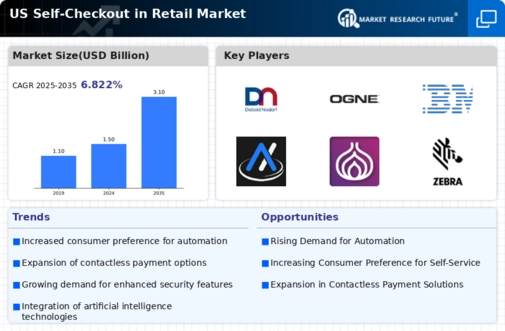
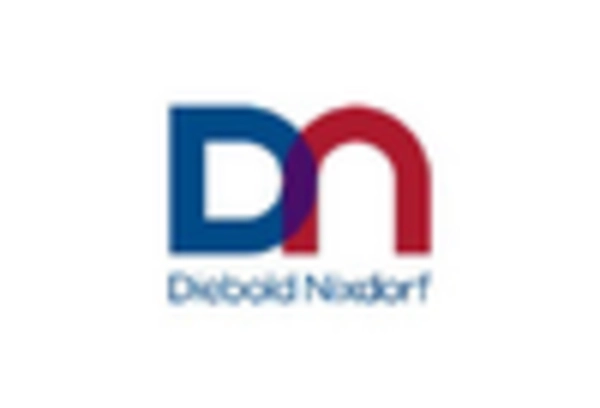
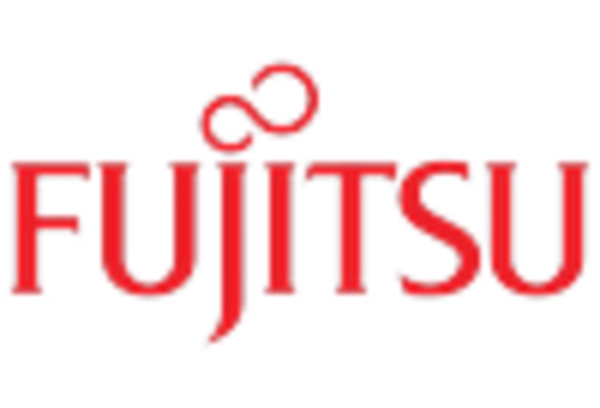
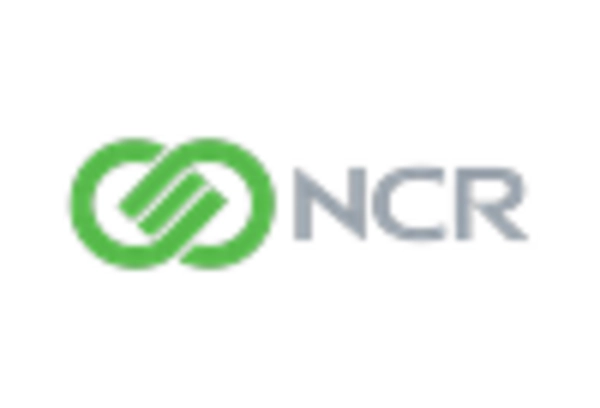
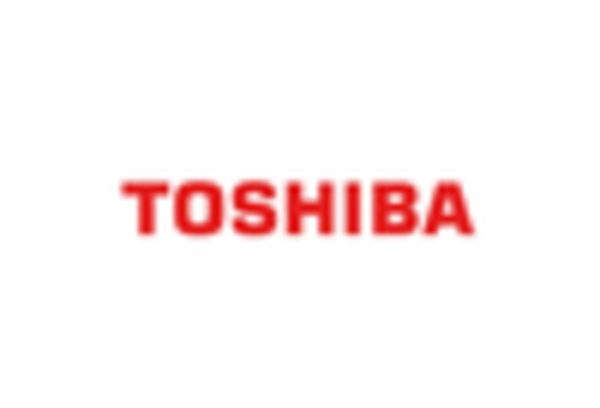
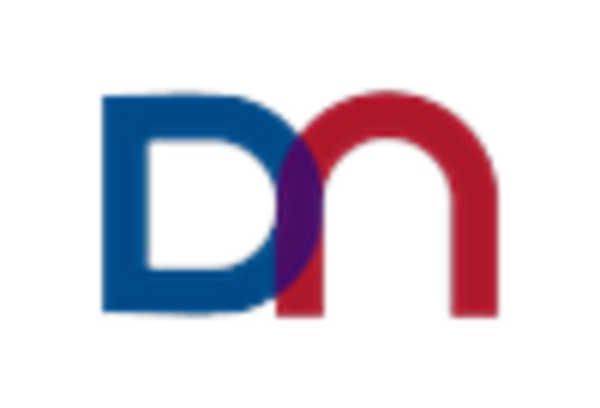
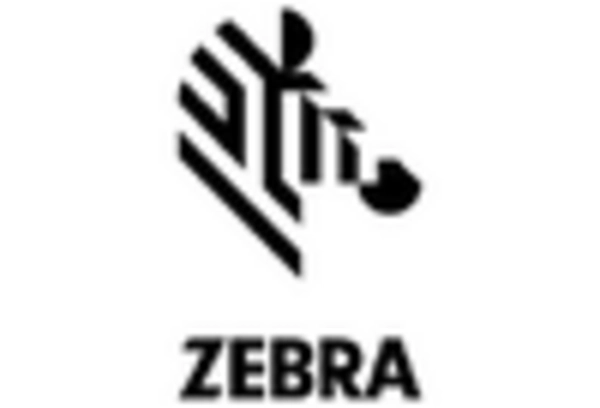








Leave a Comment